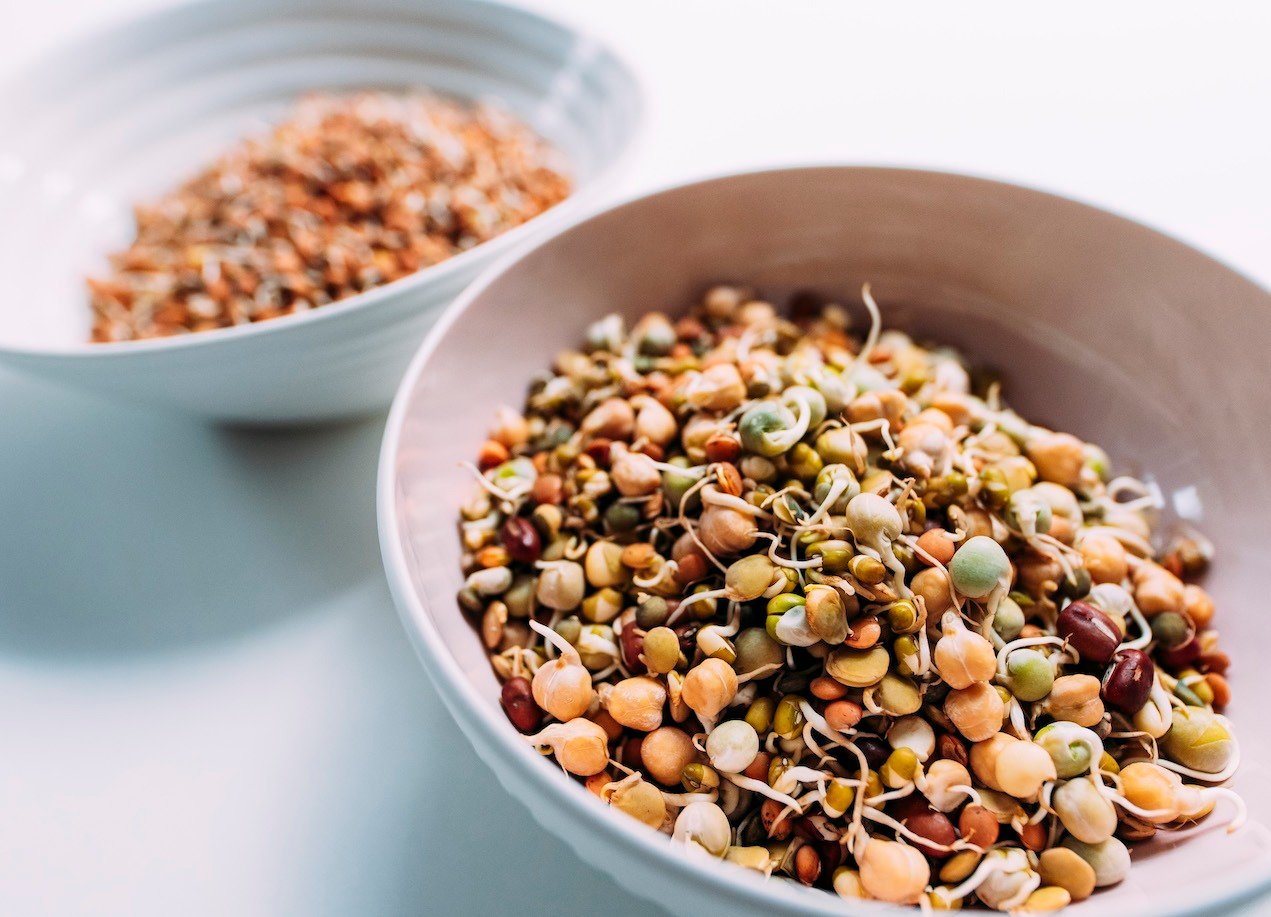Switching to a plant-based diet is a fantastic choice for your health and the environment, but it comes with some challenges, like dealing with antinutrients. These naturally occurring compounds in plant foods can make it harder for your body to absorb important nutrients. Fortunately, reducing antinutrients in plant-based foods is simple, and you can do it with a few easy techniques like soaking, sprouting, and cooking.
What Are Antinutrients?
Antinutrients are compounds found in many plant foods—think beans, grains, nuts, and seeds. They’re part of the plant’s natural defense system, but they can also block your body from fully absorbing nutrients like iron, calcium, and zinc. While this isn’t a big deal if you eat a balanced diet, if you rely heavily on plant-based foods, it’s something to be mindful of.
Soaking: A Simple Trick for Reducing Antinutrients in plant-based foods
One of the easiest ways to reducing antinutrients in plant-based foods is by soaking them. This involves letting foods like legumes, nuts, and seeds sit in water for several hours before cooking or eating them. Soaking can significantly lower the levels of phytic acid, one of the main antinutrients, making minerals like iron and zinc easier for your body to absorb.
For instance, if you soak beans and lentils for 8 to 12 hours before cooking, you’ll not only boost their nutritional value but also make them easier to digest. Soaking also kick-starts natural processes in the food that further break down antinutrients.
Sprouting: Another Effective Method Reducing Antinutrients in plant-based foods
Sprouting is another great way to reducing antinutrients in your plant-based foods. When you sprout seeds, grains, or legumes, you let them begin to grow, which naturally decreases antinutrients and increases the food’s overall nutrient content. Sprouted foods are richer in vitamins like B and C and have more easily absorbed minerals.
Plus, sprouting makes these foods easier to digest. For example, sprouted grains have lower gluten levels, which is helpful for those with gluten sensitivity. Sprouted legumes are also less likely to cause bloating or gas, making them a gentle choice for your digestive system.
Other Ways to Reduce Antinutrients in Plant-Based Foods
Beyond soaking and sprouting, here are a few more tips to help reduce antinutrients:
– Fermentation: Fermented foods like tempeh and miso naturally have fewer antinutrients because the fermentation process breaks them down. Plus, they come with the added benefit of probiotics, which support a healthy gut.
– Cooking: Cooking, especially boiling, can reduce certain antinutrients. For example, boiling spinach lowers its oxalate content, making it easier for your body to absorb the calcium it contains. Thoroughly cooking beans also reduces lectins, another type of antinutrient.
– Smart Food Pairing: Eating vitamin C-rich foods like oranges or bell peppers with plant-based iron sources can help your body absorb more iron, even if antinutrients are present.
Enjoying a Healthy, Balanced Plant-Based Diet
While antinutrients are a natural part of many plant foods, they don’t have to get in the way of good nutrition. By soaking, sprouting, cooking, and pairing foods wisely, you can reduce antinutrients in plant-based foods and ensure you’re getting all the nutrients you need.
Remember, the key to a healthy plant-based diet is variety and proper preparation. With these simple techniques, you can make the most of your plant-based meals and enjoy all their benefits without worrying about antinutrients. Stay tuned for more updates on plant based foods and diet


